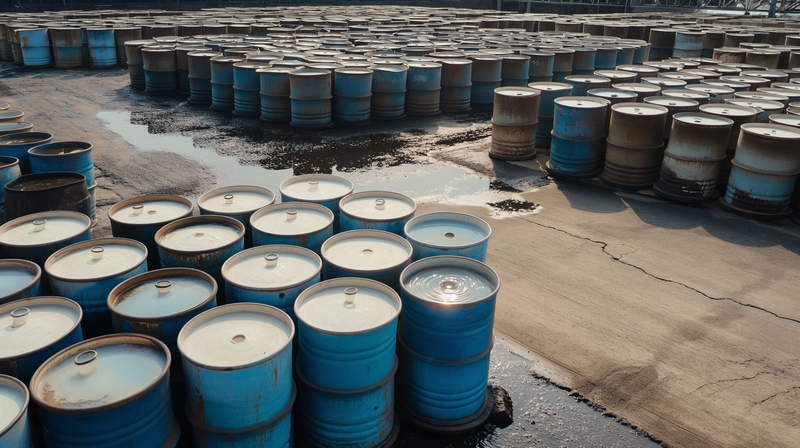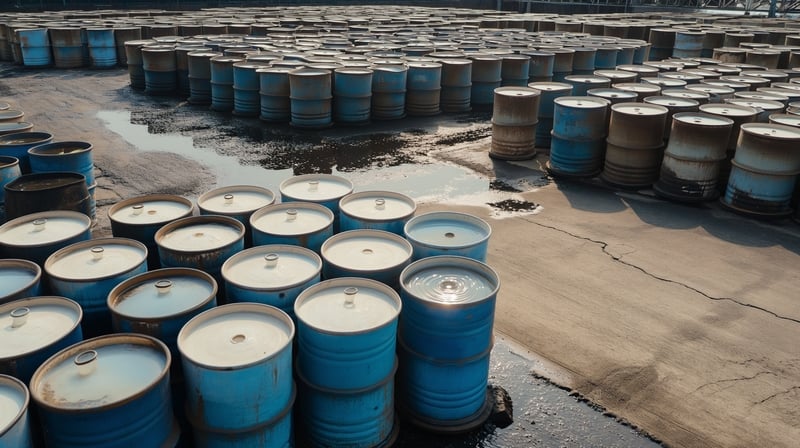
TOMS RIVER, NJ – Governor Phil Murphy’s plan to convert the infamous Ciba-Geigy toxic waste site in Toms River, New Jersey, into a nature park might sound like a story of environmental redemption—but the reality is far from rosy.
The site, a former Superfund site notorious for its link to a cancer cluster among local children, is now at the center of heated controversy. Residents, local officials, and environmental groups are rallying against the proposal, raising serious concerns about both the plan’s execution and its potential dangers.
Toms River Mayor Dan Rodrick is suing the state, along with Save Barnegat Bay. Rodrick said enough damage has been done environmentally and enough harm has been done to the residents of Toms River over the past half-century. He would like the state to just allow nature to reclaim the 1,250 acres and put the entire site into the register of Wildlife Management Areas. Where animals would roam freely and have a refuge from the overdevelopment plaguing the township.
RELATED: Cory Booker’s Intern is Running for Office in Toms River (shorenewsnetwork.com)
To understand why this plan is so contentious, we need to rewind to the grim history of Ciba-Geigy. This chemical plant, once a significant local employer, is infamous for having illegally dumped hazardous waste into local waterways and buried toxic chemicals on its property.
The environmental and health fallout from these actions was devastating. From 1979 to 1995, there was a significant spike in childhood cancer cases in Toms River, with a state health study confirming an abnormally high rate of cancers and leukemia, particularly among girls.
Governor Murphy’s administration, through the New Jersey Department of Environmental Protection (DEP), has greenlit a settlement with BASF—the company that inherited this toxic legacy. The plan includes converting 1,000 acres of the 1,250-acre site into a nature preserve, with hiking trails, wetlands, and even an environmental education center. Sounds like a win for nature, right?
Except, the remaining 250 acres are earmarked for development, including a controversial proposal to build 250 houses. And that’s where the real outrage begins.
Critics argue that this settlement is nothing more than a “sweetheart deal” that fails to address the decades of environmental harm caused by Ciba-Geigy adequately.
Mayor Rodrick, among others, has voiced strong opposition, calling the settlement a bad decision and emphasizing that it doesn’t do nearly enough to compensate the community for the damage inflicted on the environment and public health. Local environmental groups like Save Barnegat Bay are equally skeptical, with some residents vowing never to set foot on the site, no matter how green and lush it might become.
The proposal to develop housing on this land is especially alarming. Building homes on a site with such a toxic history, where cleanup efforts are ongoing and where contaminated groundwater still lurks beneath, seems like a recipe for disaster.
Even though BASF and the DEP assure that the land will be safe, many locals aren’t convinced. Lawsuits have already been filed to stop the project, with plaintiffs arguing that the state hasn’t put a proper value on the environmental damage and the lingering risks.
In short, while turning a toxic dump into a green space might look good on paper, the reality is that Governor Murphy’s plan is fraught with unresolved issues. From the lingering contamination concerns to the questionable ethics of building homes on such a site, it’s clear that the battle for Toms River’s future is far from over.
What the town really needs is justice—not just a quick makeover and a political opportunity to continue enriching developers and state officials.

